"Good Muslim, Bad Muslim" Project: A Model for the Gradual Elimination of Muslims from India
TEHRAN (Defapress) - Every morning, the Indian media begins its work with two parallel news streams. On one side, television displays passionate debates about Pakistan, Hindu pride, and the endless spectacle of a New India; on the other side, a faint yet real image is displayed, surrounding the daily agony, imprisonment, and vilification of Muslims.
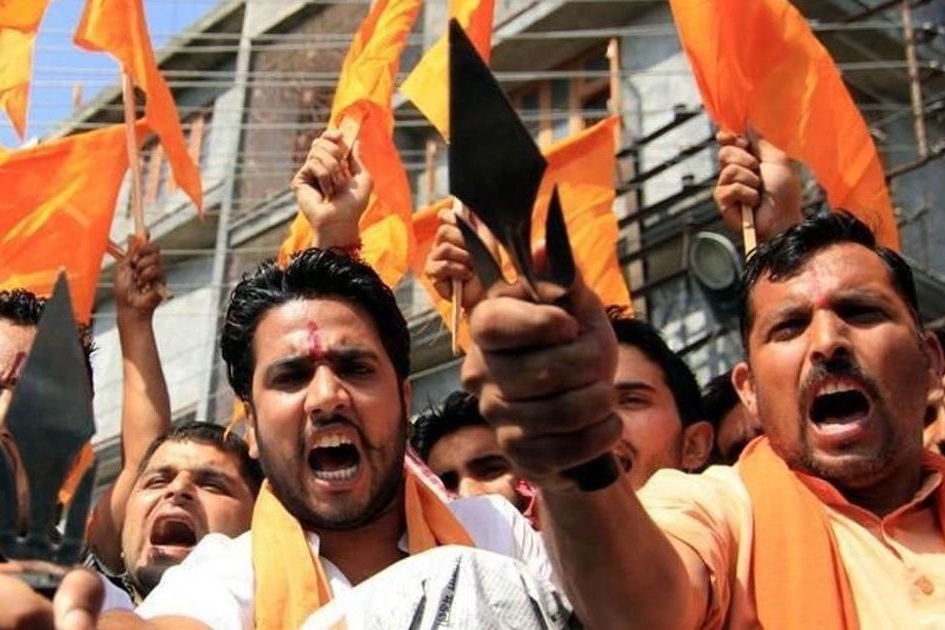
These two images carry a horrifying message: the suffering of Muslims is either trivialized or turned into entertainment for the audience. It is as if Muslims are pawns of Hindus on the chessboard of life, forever destined to bear the yoke of being branded criminals and never to be heard.
This systematic denial can be observed in the murder of a seven-year-old Muslim boy in "Azamgarh" this September. His body was found in a bag, and the neighbors reacted very calmly to this crime and were eventually arrested. Within a very short period, local media covered the crime, but it was quickly sidelined from mainstream news channels, replaced instead by heated and biased discussions such as Muslims' great interest in jihadist operations, border tensions, or the India-Pakistan cricket match. It was as if the death of this seven-year-old child did not cause the slightest tremor in the body of society's conscience and public anger.
Sociologist Stanley Cohen speaks of a state called denial. According to Cohen, this state occurs when, in a society, crime is no longer committed in secret, and the commission of crime no longer becomes shocking. The situation in India today is exactly this: Muslims are being killed in broad daylight, yet the majority of society remains indifferent to these events.
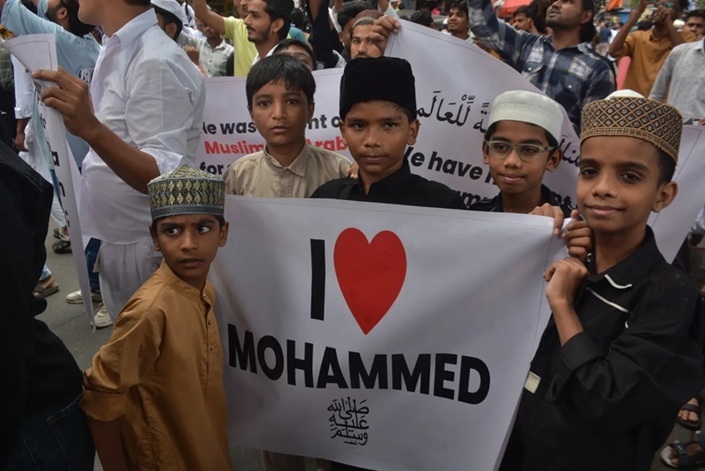
This form of expressing hatred is not limited to the silence of Indian society and manifests in other directions as well. When in Kanpur, Muslims held up placards with the slogan "I love [the Prophet] Mohammed (PBUH)," the police not only did not support them but filed cases against 1300 Muslims and began widespread arrests. The strange part of this action was the criminalization of the mere "expression of love" for the Prophet Muhammad (PBUH).
However, when groups of Hindu right-wing (Hindutva) riff-raff gathered in "Maharashtra" or "Madhya Pradesh" and chanted genocidal slogans, television cameras, by whitewashing their actions, supported these violent slogans or covered these gatherings without any critical commentary.
This type of news and visual selection is completely deliberate. The plan to expel Muslim traders overnight from the markets of Indore is a form of economic torture. Families faced livelihood crises, children were forced to drop out of school, and women, to secure daily food, found no option but to ask neighbors for help.
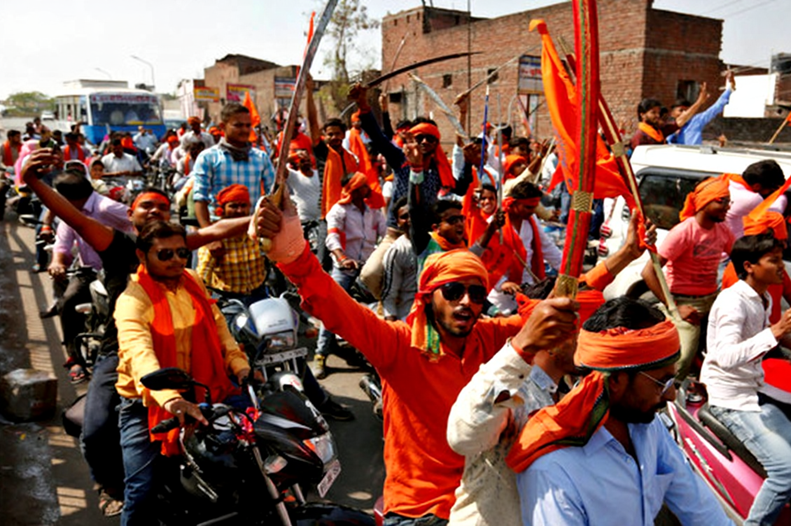
India's national media described this action as a move to establish law and order and made very little mention of the human consequences of these actions. In line with this, hardline Hindutva groups celebrated on social media, and the deprivation of Muslims from the most basic facilities became a subject of entertainment for them. In reality, what should have been introduced as a national scandal was portrayed as a routine local conflict.
Chief Minister Yogi Adityanath is a symbol of this cultural collapse. By abusing his official position, he spreads misinformation and introduces Muslims as "infiltrators" or "sympathizers with terrorism." The painful part is that such propaganda is carried out by the wise men of the ruling system of India.
In contrast, opposition parties not only do not counter such smear campaigns but also try to portray themselves as greater supporters of India than the Hindutva groups, and the anxiety of Muslims is completely forgotten. It is as if Muslims have transformed from a political subject into a political tool for political parties.
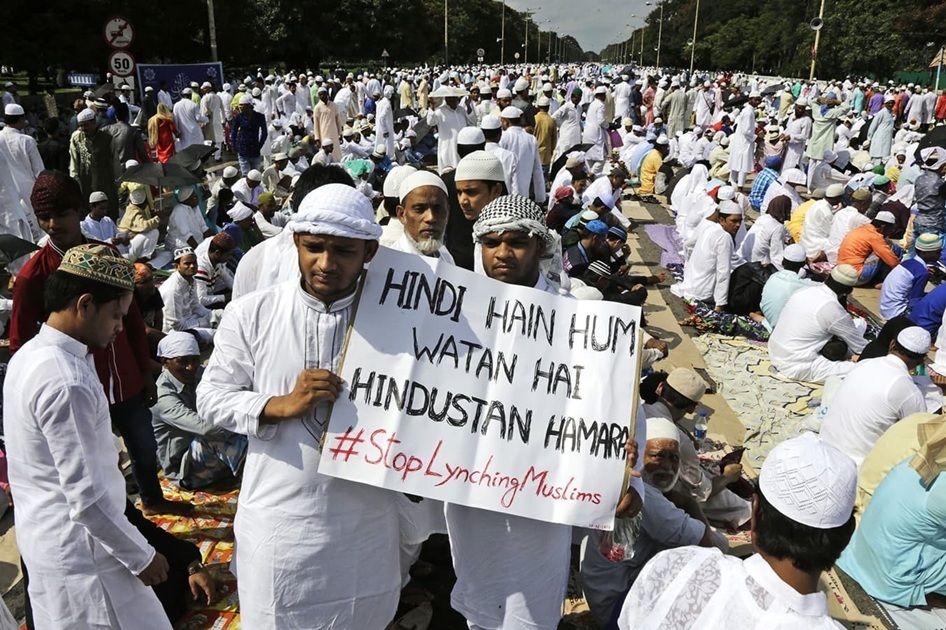
This human cost is not merely physical suffering; it is a clear psychological and existential pressure on Muslims. Today, living as a Muslim in India means living in the shadow of suspicion. You are watched in the mosque, judged in the market, and interrogated in the classroom. Every Friday prayer is like enduring a high risk.
The Urdu poet Sahir Ludhianvi once wrote: "Jinhein naaz hai Hind par, woh kahaan hain?" (Those who take pride in India, where are they?). This question is repeated today: If India is now standing in a glorious period of its history, why does it insult Muslims every day?
Mahmood Mamdani, a Ugandan Muslim elite, in his famous book "Good Muslim, Bad Muslim," explains how governments and societies divide Muslims into two categories: the "acceptable" Muslim, who is utterly submissive, and the "dangerous" Muslim, who is resistant or seeks to preserve his dignity.
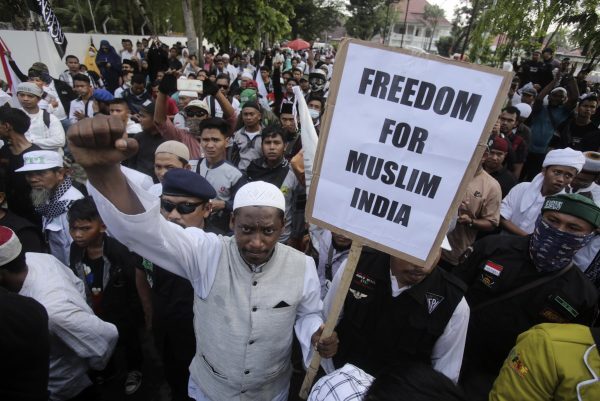
In India, this process of categorization is ongoing every day. A group of Muslims practice dissimulation (Taqiyya) and hide their faith and beliefs, but another group, if they openly say "I love [the Prophet] Mohammed (PBUH)," demand equal rights, or resist this pressure of censorship, is immediately branded as criminal.
Mamdani believes that this categorization has no ideological or religious roots, but is entirely about power, and only the powerful side can determine who has the right to define legitimacy and who must live under the shadow of suspicion and accusation.
In such conditions, videos of Muslims being tortured are shared like memes on WhatsApp, television hosts mockingly present theories about the "uncontrolled population growth of Muslims," and Hindutvas happily set Muslim shops on fire.
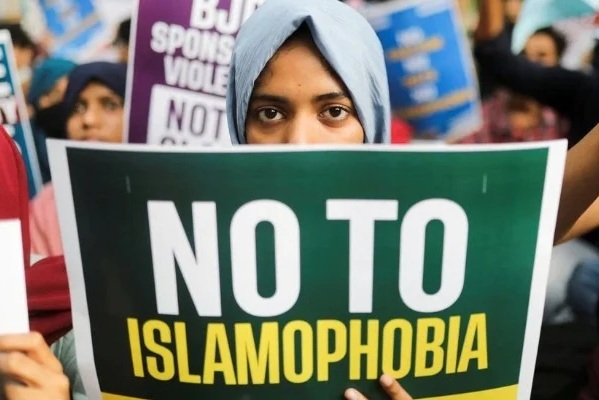
Hate-mongering is no longer just a policy; it has become entertainment for extremist Hindus. When oppression turns into comedy and the humiliation of Muslims becomes a high-rated subject, the wall between democracy and fascism collapses.
History has warned before: societies that turn the suffering of minorities into entertainment are not immune from corruption. For example, the silence of German liberals during Nazi rallies, the indifference of Americans to the torture of Black people, and the collective cheering of the Zionist regime's settlers towards the ruthless bombing of Gaza have shown that entertainment based on hate-mongering ultimately engulfs society, and India is no exception to this rule.
Now we arrive at this question: Are the Muslim citizens of India criminals? Why must they be put on trial every day while the murderers live freely? Why is the death of Indian Muslim children not taken seriously while Indians celebrate the passage of the "Amrit Kaal" document for social justice and economic development?
